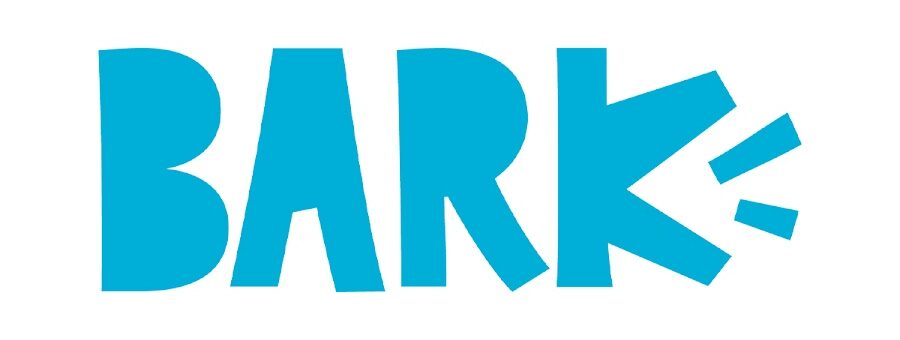It caught my attention recently that The Trade Desk (TTD) has started ignoring publisher floor prices.
Publishers, of course, could ignore TTD’s lower bids if they choose to. But, knowing how publishers have been rolling over for the past few years, I think they’ll blink first.
Still, it’s worth asking how we got here. Why are publishers accepting this reality – in which TTD is now bidding below floors and, in many cases, bypassing the sell-side vendor ecosystem altogether with OpenPath – without batting an eyelash?
Let’s take a look back.
The evolution of the programmatic ecosystem
Supply-side platforms (SSPs) were born to protect publishers’ interests in an automated auction environment. They introduced features like dynamic floor pricing to ensure that demand-side platforms (DSPs) pass on their best bids into the auction. This system functioned efficiently for years, until it became evident that no single SSP had access to all demand from all DSPs on every impression.
Header bidding introduced an auction layer that integrated multiple SSPs into a unified auction to maximize demand. While this did increase yield, it also massively escalated infrastructure costs across the whole ecosystem, particularly for DSPs. Suddenly, instead of one bid request coming in, each bid request was multiplied by the 15+ SSPs in the publisher’s header auction.
Advanced DSPs like Google’s DV360 and MediaMath were quick to react, if only to control their infrastructure costs. They used technology to automatically deduplicate bid opportunities back to one root impression. Ultimately, DV360 bucketed SSPs with habitual high take rates to a lower tier and sent them much lower bid volumes.
MediaMath went one step further and culled SSPs with significantly higher take rates. This gave birth to the concept of supply-path optimization (SPO). MediaMath began marketing their clean supply chain publicly, catching the attention of media agencies, which eventually led to their own brute-force SPO initiatives.
In the world of SPO, efficiency is the key metric for optimization. This translates to a singular focus on SSP take rates (fees) from a buyer’s perspective. So efficiency – meaning cutting out partners with high take rates – remains the only path considered in a buy-side-driven SPO world.
However, only the publisher is in a position to gauge the value created by an SSP. Two SSPs with the same take rate might have radically different clearing prices. To a buy-side viewer, this looks like one has a higher take rate. That may not be the case at all. But the end result of SPO is that SSPs with apparently higher fees get cut out.
The birth of OpenPath
A few years ago, The Trade Desk reacted to the SPO revolution by noisily beginning an effort to build bidder-based SPO. It realized it had a strategic opportunity to kill multiple birds with one stone:
- It could reduce the number of SSPs it would support, lowering its costs.
- It could shoot arrows into Google’s Open Bidding framework by labeling it inefficient.
- It could justify bypassing the exchange layer completely to integrate directly to publishers, which it named OpenPath.
The logic behind OpenPath was simple: “If SSPs were not adding any value, then there’s no reason for a DSP to use them.”
Note that this was only viewed through the lens of efficiency, which ignores any value that the SSP is providing to the publisher. An SSP driving higher yield for a publisher inherently looks inefficient to buyers.
While efficiency-based buy-side SPO arguments might seem logical, they are short-sighted, as they lead to a decrease in publisher yield. Remember, buyers are not inherently against publishers charging higher prices for inventory or making a profit. But when they see two representations of the same root impression, and one is more expensive, they of course consider the more expensive option inefficient.
OpenPath offers buyers a direct line into a publisher’s supply, which is probably an appealing proposition for them. However, it’s important for publishers not to get enticed by this offering without understanding the danger.
All DSPs’ bidder algorithms, including those of TTD, are designed from the buyer’s point of view. The primary goal of these algorithms is to reduce competition and find the lowest price for any given impression – or to find optionality, meaning different impressions that offer similar users with similar value, but at lower costs. Very sophisticated bidders will adjust their bids to game the auction, specifically to lower competition over inventory. In a market flooded with places to run ads, any impression that has optionality is subject to bid gaming.
Publishers, stop being pushovers
TTD has now started informing publishers that they’re going to ignore their floor prices. They justify this move as a buy-side platform that represents the best interest of the buyer. However, this should act as a wake-up call for publishers.
Publishers should not support a DSP bypassing their SSP partners. They should also reevaluate the setup of header frameworks and be thoughtful about how their auctions can be gamed. Perhaps one primary SSP should be at the helm of all their yield optimization strategies, including dynamic floor pricing.
Header bidding, while it has served its purpose until now, could turn into a liability for publishers if they do not adapt their setups. Publishers should never accept bids below the floor price from their primary SSP.
If publishers relinquish their control over pricing, they will ultimately be at the mercy of demand-side platforms. It’s time for publishers to regain control of their inventory and pricing, and restore the balance in the ecosystem.
“The Sell Sider” is a column written by the sell side of the digital media community.
Follow Eric Picard and AdExchanger on LinkedIn.
For more articles featuring Eric Picard, click here.

















